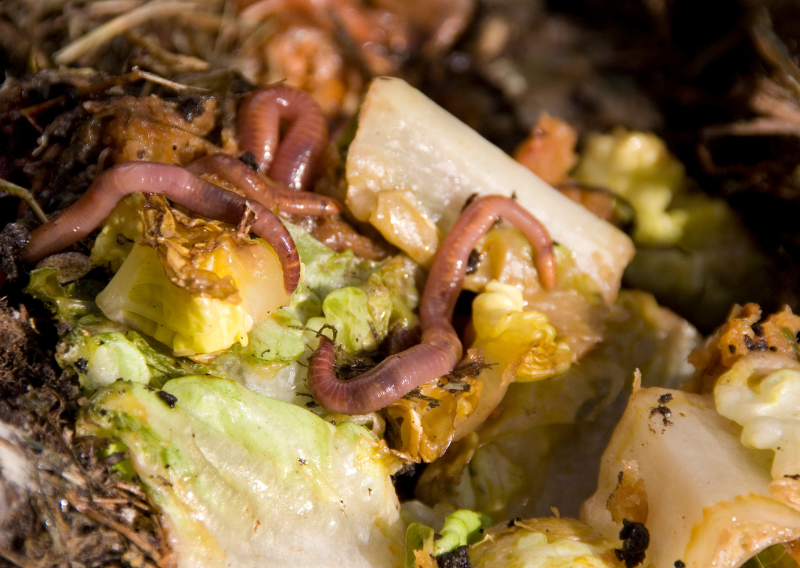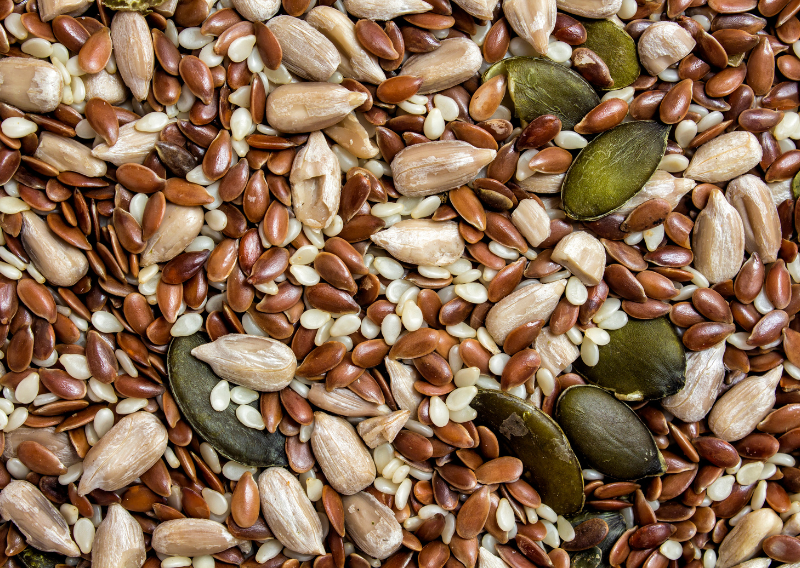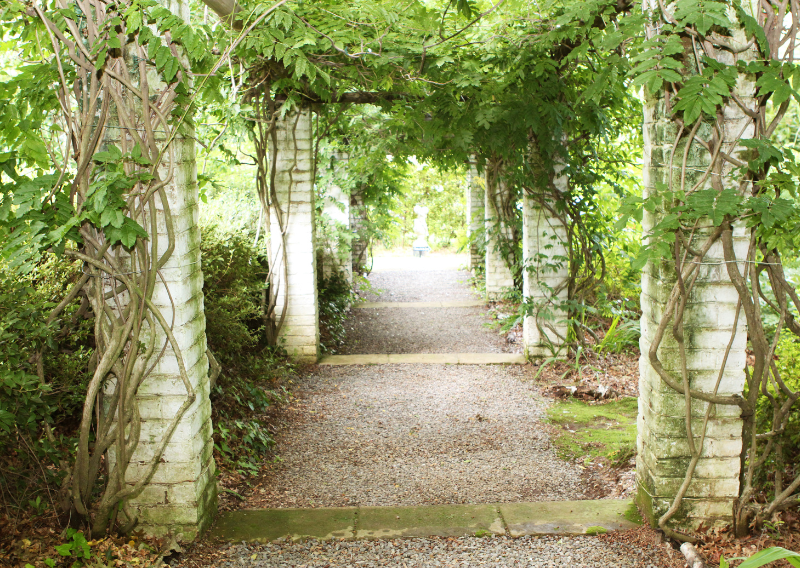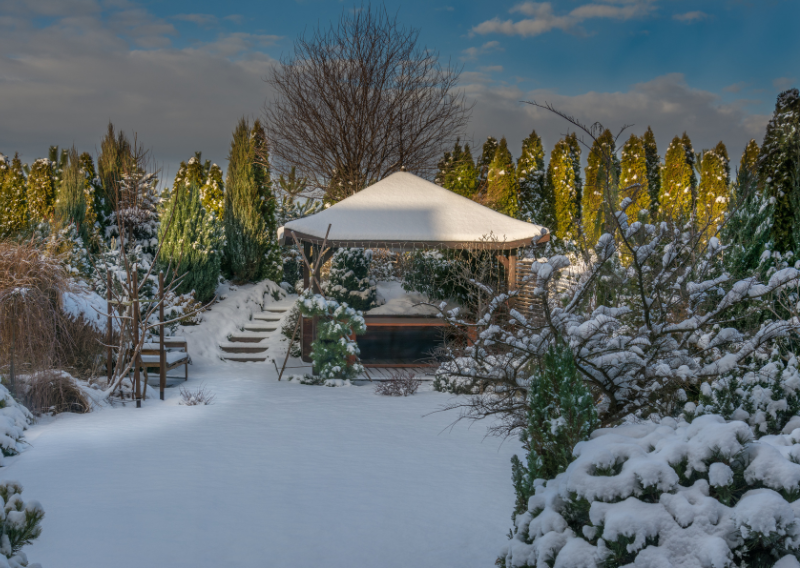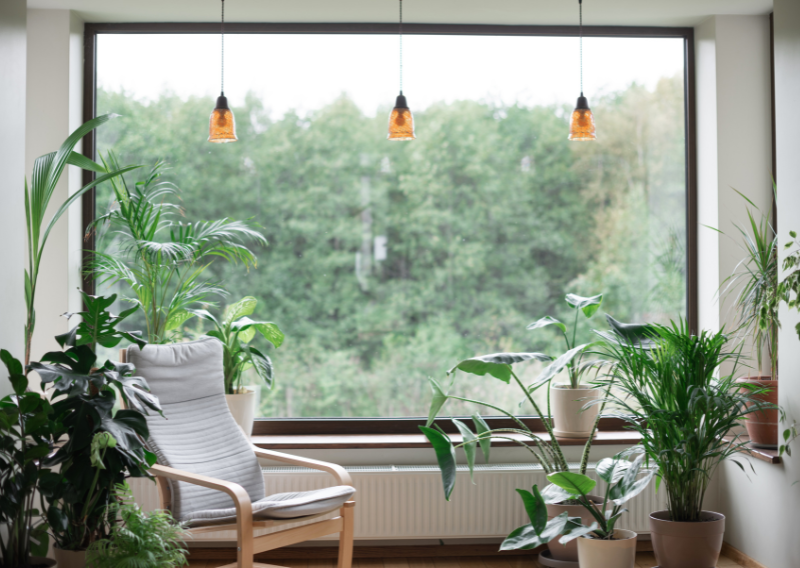
What Are The Everyday Life Changes for a More Sustainable Lifestyle
In a world that seems to be getting more and more chaotic small, important changes to our daily habits can help us live in a way that is better for the environment. It’s easier than you think to live in a more eco-friendly way, whether you’re already an environmental enthusiast or are just starting to learn about them. Here, we’ll talk about simple changes we can make every day that will have a big effect on the environment and make our lives more interesting.


Why Sustainability Matters
Before we talk about the changes you can make, it’s important to know why sustainability is so important. Climate change, pollution, and the loss of natural resources are just some of the big problems our planet is facing. We can help save resources, protect the earth for future generations, and lower our carbon footprint by changing the way we live. Here are some important reasons to care about sustainability:
- Combatting Climate Change: Human activities, particularly the burning of fossil fuels, have significantly contributed to climate change. By adopting sustainable practices, we can reduce greenhouse gas emissions and mitigate the effects of global warming.
- Preserving Natural Resources: Our planet’s resources—such as water, minerals, and forests—are finite. Sustainable living promotes the responsible use and conservation of these resources, ensuring they remain available for future generations.
- Protecting Biodiversity: Many ecosystems are under threat from pollution, habitat destruction, and climate change. Embracing sustainability helps protect wildlife and their habitats, preserving the planet’s biodiversity.
- Enhancing Public Health: Sustainable practices often lead to cleaner air and water, reducing pollution and its harmful effects on our health. This can lead to fewer respiratory illnesses and a better quality of life.
- Creating Economic Opportunities: Transitioning to a sustainable economy can create jobs in renewable energy, sustainable agriculture, and eco-friendly technologies. Investing in sustainable practices can stimulate economic growth while protecting the environment.
- Promoting Social Justice: Sustainability is about creating a fairer world. Many communities, especially marginalized ones, are disproportionately affected by environmental issues. Sustainable practices can help address these inequalities and promote social justice.
- Fostering Community and Connection: Embracing sustainability often brings people together. Whether it’s participating in local clean-up events or supporting community gardens, sustainable living fosters a sense of community and shared responsibility.
Realizing how important sustainability is can push us to make smart decisions and encourage others to do the same. Remember that every little change makes a difference, and if we all work together, we can make the world a better place for everyone.
Below are the samples of eco swaps that we made, and you can definitely do it too:
Transforming Your Kitchen
The kitchen is often the heart of the home, making it a fantastic place to implement sustainable practices. For starters, consider ditching paper towels in favor of reusable tea towels or kitchen cloths. Many of us have old clothes that can be easily repurposed into cleaning rags, reducing waste while keeping your kitchen looking stylish. When they get dirty, just toss them in the washing machine or hand wash them. And if you don’t like how they look around the kitchen just store them in a cute storage box like we do.
Another charming practice you might adopt is using napkin rings. Our grandmothers in Italy wouldn’t buy kitchen rolls but would have a collection of napkin rings for us to choose from each time. This not only adds a decorative touch to the table but also serves the practical purpose of identifying one’s napkin between washes. Using cloth napkins instead of disposable ones is a simple yet effective way to reduce waste.
If you want to reduce the amount of packaging waste, think about getting groceries in bulk. They are now in a lot of shops, and you can use them to fill up reusable containers with snacks, nuts, and grains. This is better for the environment and might also save you money. You can also have fun seeing how much you can fit in your containers!
Rethinking Your Wardrobe
Our clothing choices significantly impact the environment, especially in an era dominated by fast fashion. To embrace sustainability in your wardrobe, consider reducing the quantity of clothes you own. Aim for a minimalist approach, focusing on quality over quantity. You might find that one little wardrobe—about 175x80x55 cm (same size as ours) and it can be more than enough for your essentials. It also encourages mindful purchasing.
Another environmentally friendly thing to try is thrift shopping. Check out thrift stores instead of new clothing stores to find beautiful clothes for a lot less than the original price. Many thrift shops have a lot of different styles and brands, so it’s like going on a treasure hunt. It not only helps cut down on textile trash, but it also supports a circular economy.
Getting together with friends to swap clothes is a fun way to update your outfit without spending a lot of money or adding to fast fashion. Bring clothes you don’t wear anymore and trade them in for clothes that make you happy. This will help your friendships grow at the same time.
Creating a Sustainable Home
You can also make big changes in your home that will help you live a more healthy life. When it’s time to get new tools, you might want to choose ones that use less energy. These products use less electricity, which saves you money on your bills and lessens your impact on the environment. To make sure you’re shopping in an eco-friendly way, look for Energy Star scores.
Using natural cleaning solutions is another easy change that can make a big difference. A lot of regular cleaning products have chemicals in them that are bad for you and the world. Instead of using harsh chemicals to clean, try vinegar, baking soda, and aromatherapy oils. These not only keep your family safer, but they also keep chemicals from running off into waterways.
It is also important to be aware of how much water you use. Small changes can make a big difference, like fixing leaks, shaving your legs, and turning off the water while you brush your teeth. Installing fixtures that use less water could help you use even less water.
Sustainable Transportation Choices
Transportation is a big source of carbon emissions, so changing how you get around can have a big effect on the world. Instead of driving, you might want to walk or ride a bike on short trips. This not only cuts down on pollution, but it also gets people moving and may save you money on gas.
If you need to go on longer trips, you might want to share or take the bus. This makes people feel like they are part of a group and cuts down on the number of cars on the road. It can be more fun to commute if you share a ride with friends or coworkers.
Engaging with Your Community
You don’t have to go on a trip by yourself to live a more sustainable life. Getting involved in your neighborhood can give you support, ideas, and a sense that you belong. There are local sustainability groups in a lot of places that work to promote eco-friendly habits. Joining one can give you access to useful information, tips, and the chance to meet other people who care about the world as much as you do.
When you shop, support small businesses over big companies. Shopping at local stores not only helps the economy, but it can also help the environment by cutting down on the carbon emissions that come from sending goods long distances. One more way to get involved is to help clean up your neighborhood. A lot of towns hold events to clean up parks, beaches, and other public areas. These events build community pride and are good for the environment.
Embracing Mindfulness in Your Choices
Adding awareness to your daily life can help you live a more sustainable life. Being aware lets you make choices that are in line with your values. Ask yourself if you really need the thing before you buy it. Conscious purchase helps people make better decisions and cuts down on buying things on a whim.
Take some time to think about how the things you do every day affect the world. Keeping a journal can help with this. Write about the things that have changed, the problems you’ve had, and the good things that have happened. This thought-provoking piece can inspire you to keep working toward a more eco-friendly way of life.
Following a healthy way of life means making small changes every day that add up to big results over time. There are many things you can do to help make the world a healthy place, like changing how you cook, reducing the number of clothes you own, and getting involved in your community. Don’t forget that you don’t have to change everything about your life right away. Start by making just one or two changes. As you get used to them, add more. Every action you take is good for the world and makes your life better in important ways. One small change at a time, let’s make the world better!

